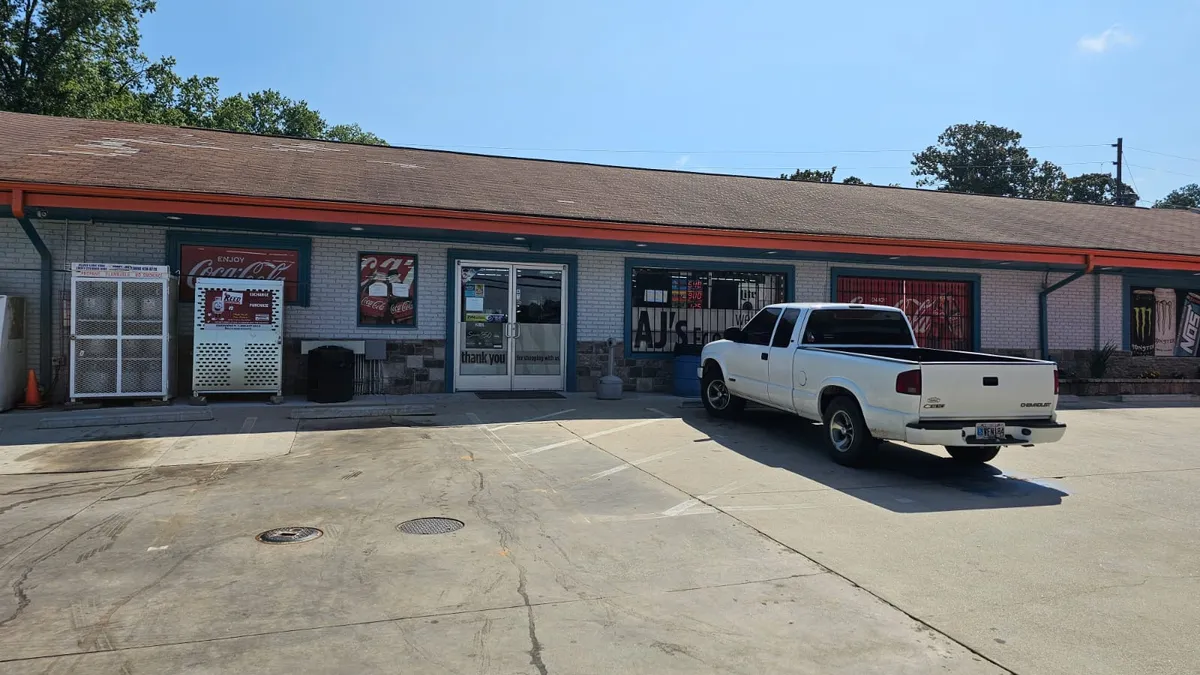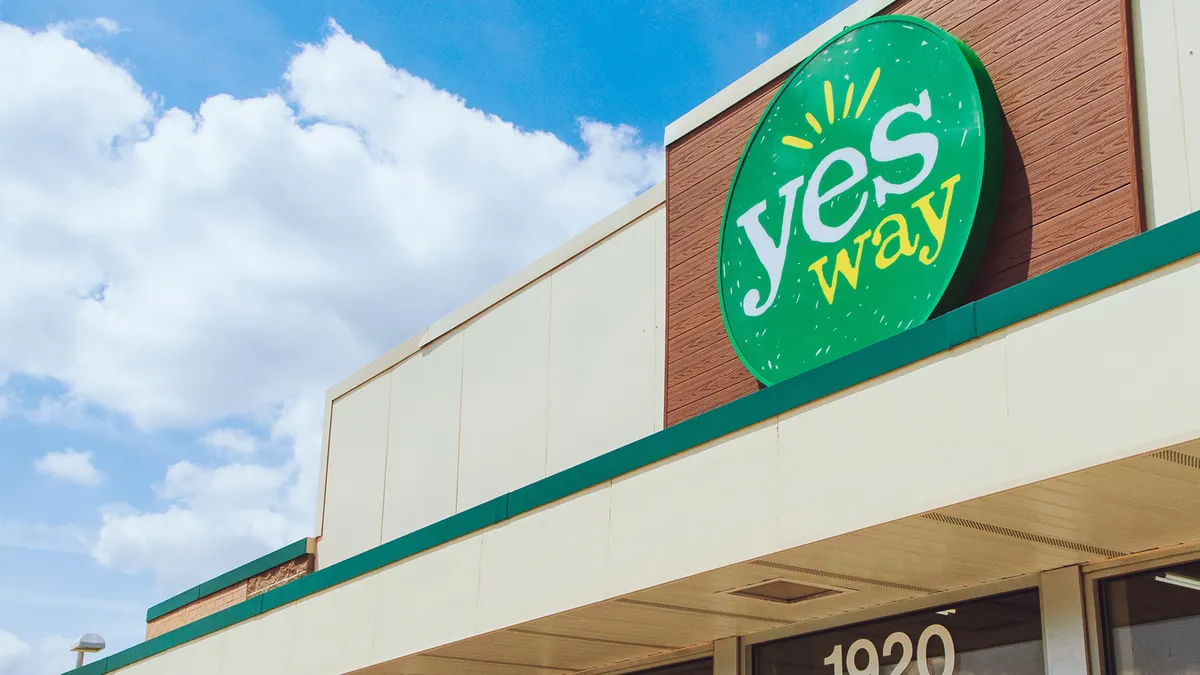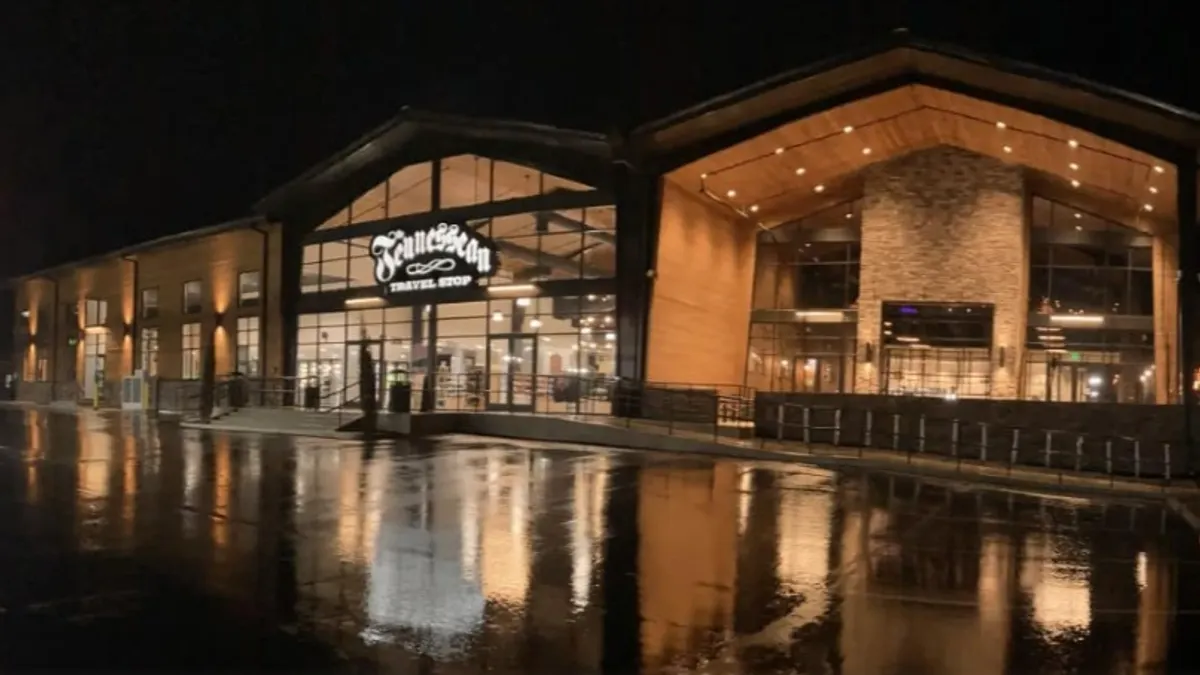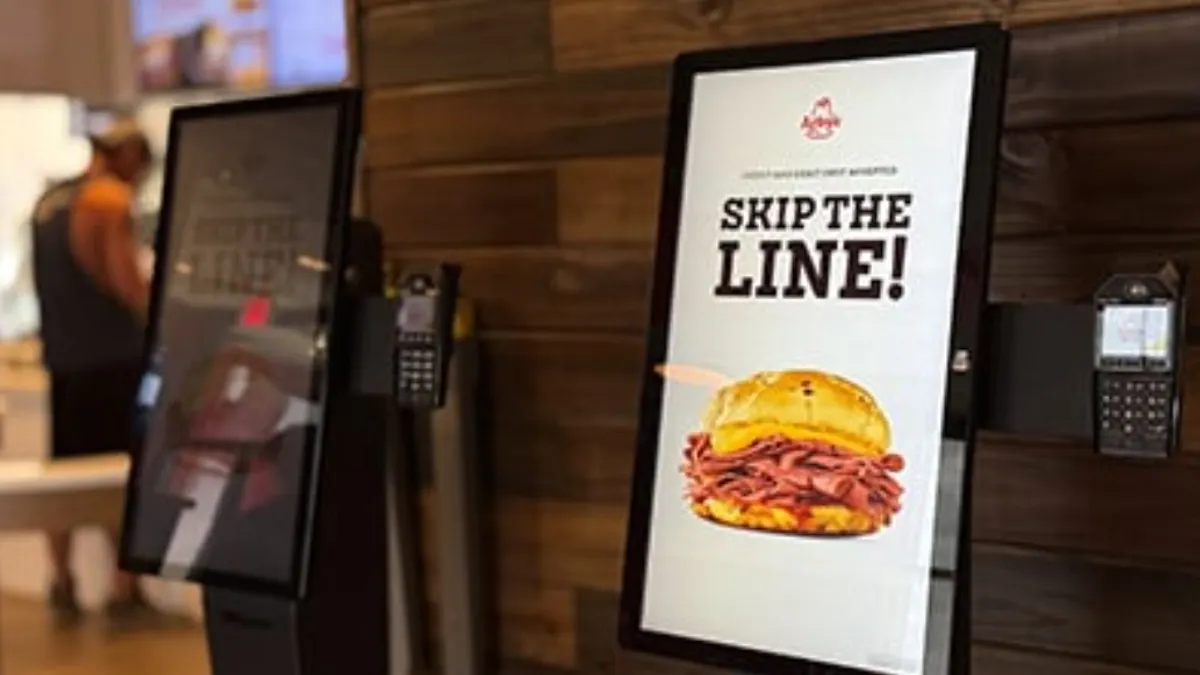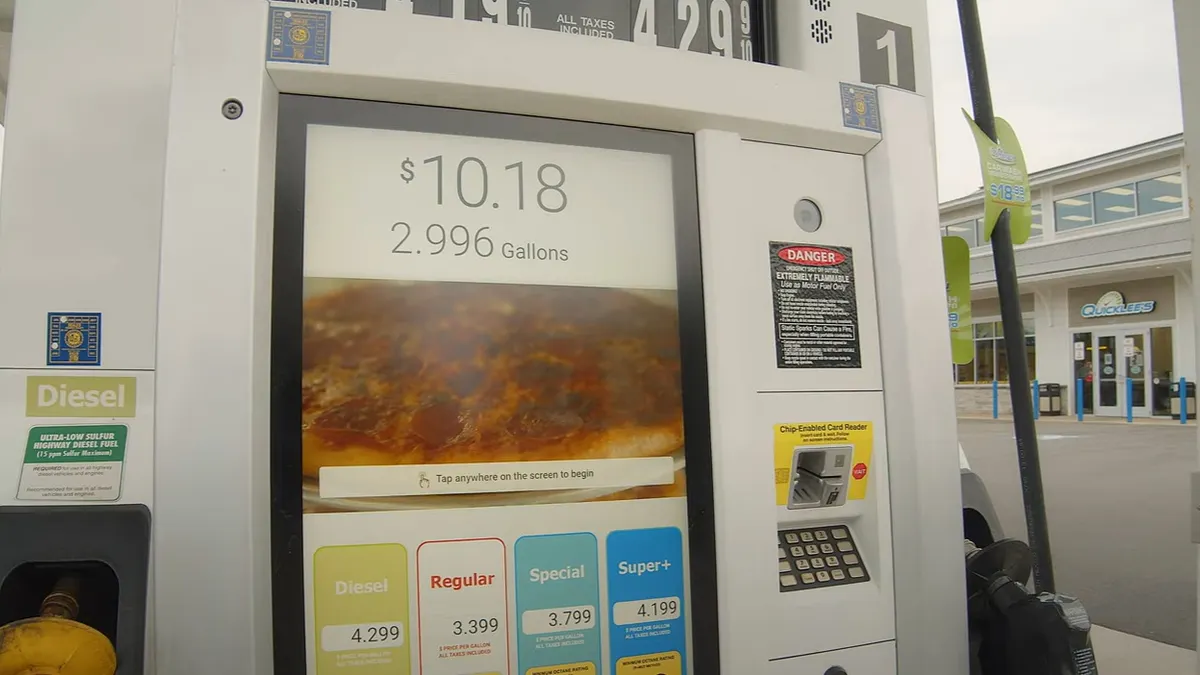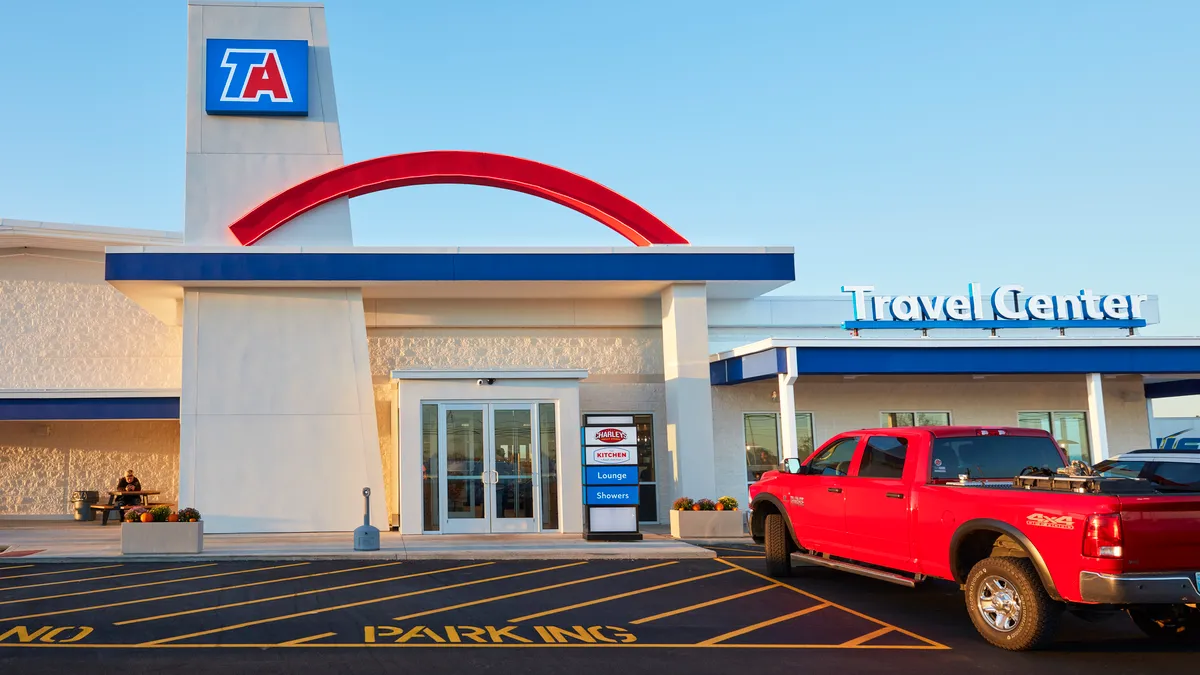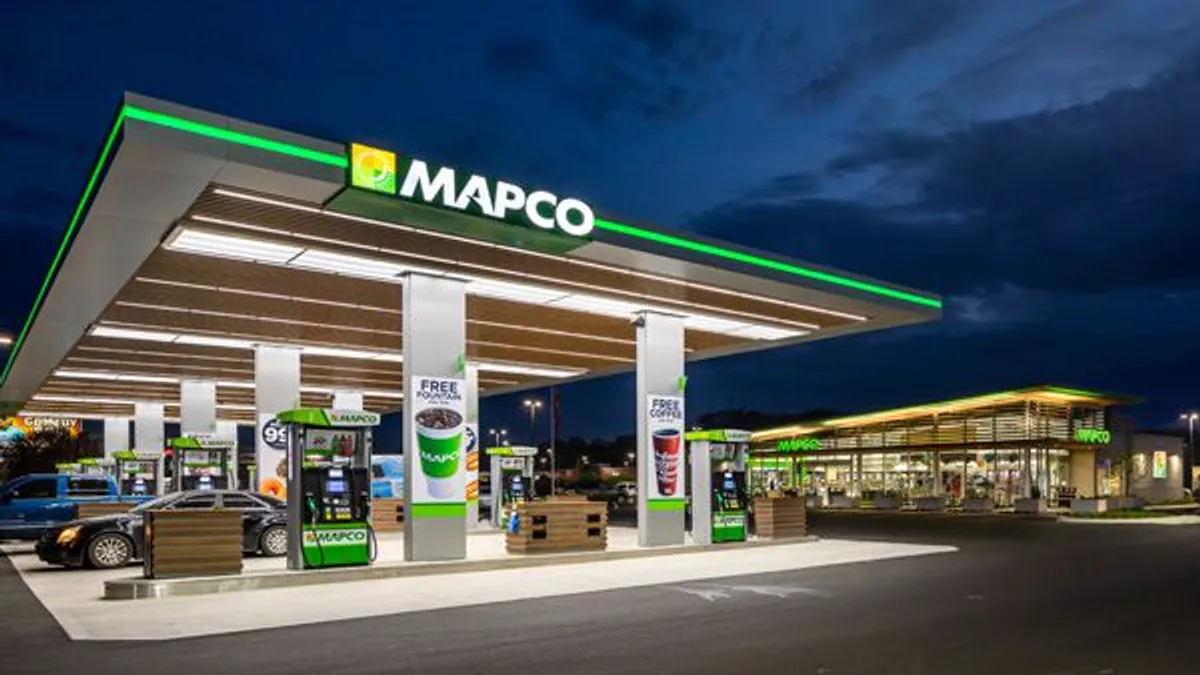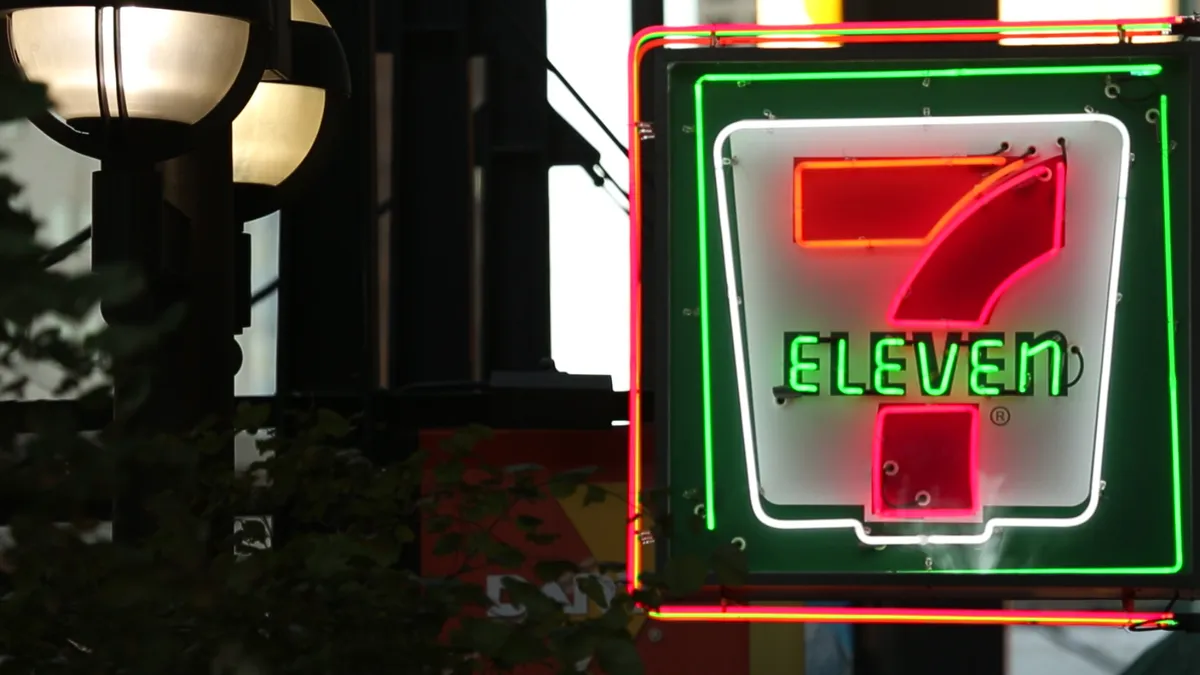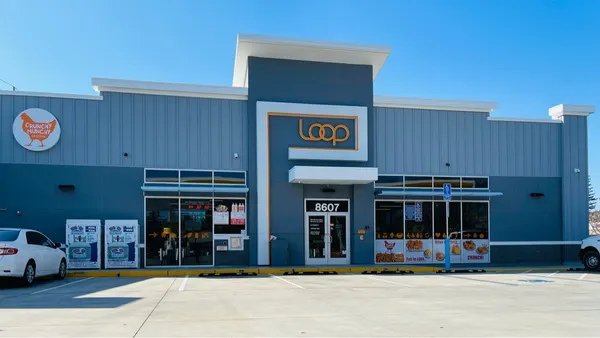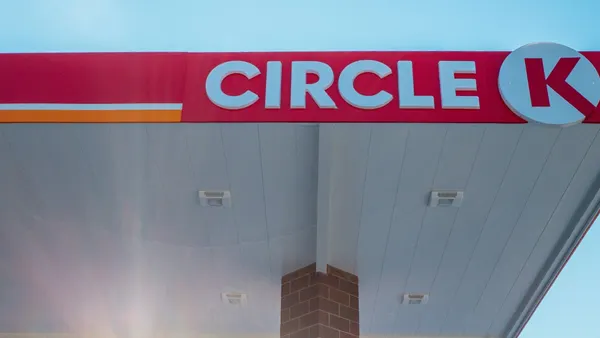Technology is becoming more and more vital for convenience stores — even the small ones.
AJ’s Food Mart in Lexington, Georgia, has been around for almost 30 years and took on its current moniker in 2011. But when Sam Patel bought it in 2016, he realized that while the previous owners had run the store well, the tech was outdated.
Onboarding people was slow and challenging, the point of sale system was clunky and adding new SKUs was a cumbersome, manual process.
“[It was] time to upgrade a little bit,” Patel said.
So after running the store for a couple years, he decided to begin modernizing the the store, starting with the point of sale system.
Updating technology
The convenience retail space has drastically shifted its relationship with technology over the past few years. Some of the biggest players have built out omnichannel retail products and are fine-tuning loyalty, while others are making overdue updates to basic technologies or launching their first rewards programs.
Small operators don’t have affordable access to a lot of the more modern technologies. Many of them still use Excel sheets to keep track of sales, inventory and other information, said Arie Kotler, chairman and CEO of Arko, the parent company of GPM Investments, which has acquired numerous independent c-stores in recent years.
“Usually the small chain[s] do not have this kind of technology or access to those kind of reports because it’s expensive. If you run a small chain, it’s almost impossible for you to keep up with that,” Kotler said in an interview earlier this year.
To answer that challenge, a number of companies focused on smaller and independent convenience retailers have gained momentum in the past few years. Vroom Delivery, for instance, helps c-stores build out an e-commerce presence.
There’s also C-Store POS, which focuses on point of sale and inventory management for independent retailers.
In 2018, Patel ended up choosing C-Store POS to update the in-store inventory and checkout experience at AJ’s Food Mart, in part because it would update a number of systems and could be put in place quickly, with little down-time for his store. The system is targeted at reducing manual processes and simplifying inventory management, among other things.
The more modern technology made it easier to manage pricing at AJ’s. The system not only has a database of SKUs so Patel didn’t need to enter everything by hand, but also allows him to manage pricing and other aspects remotely through his phone.
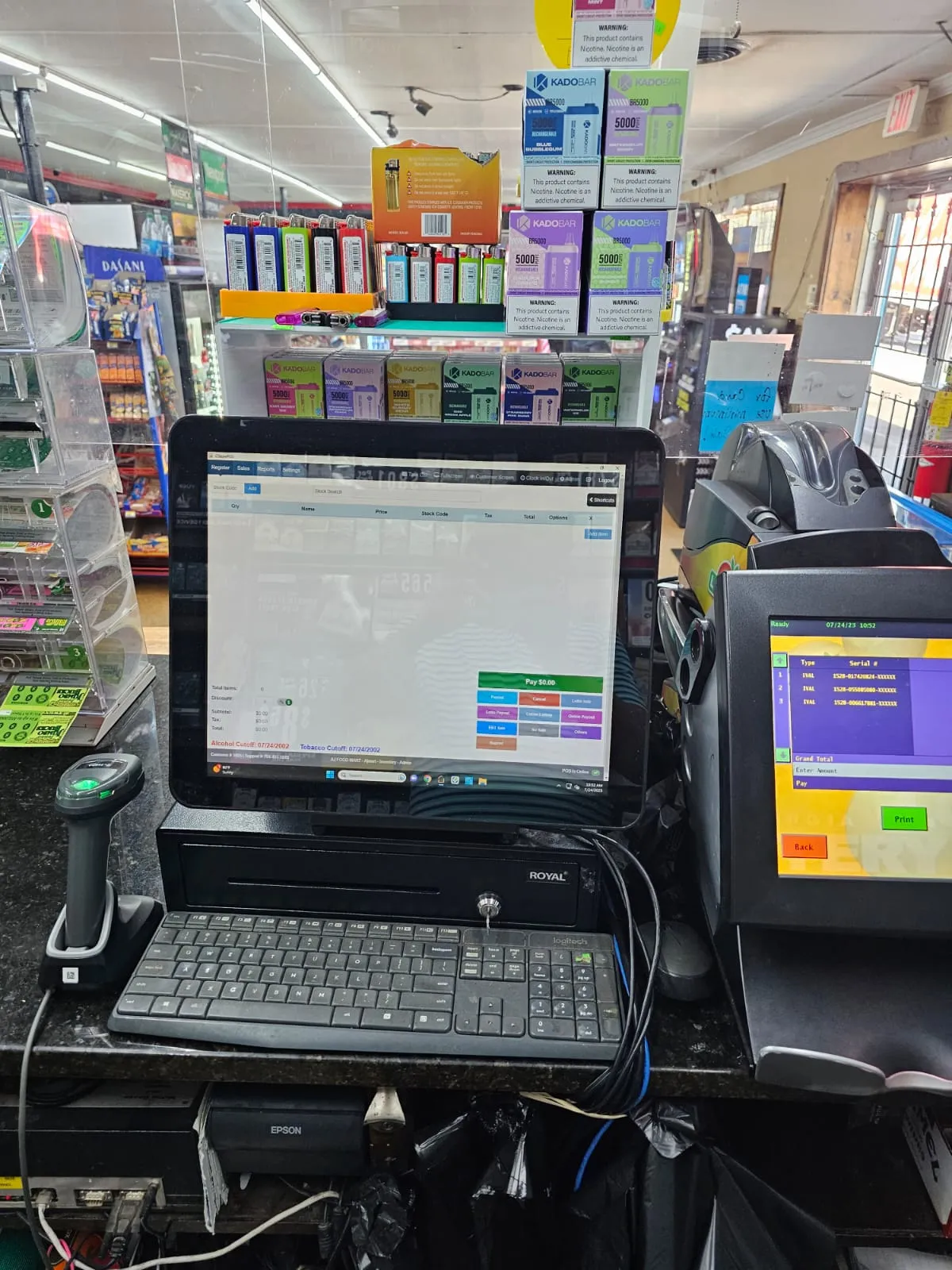
But one of the biggest changes was actually in employee training.
“The main thing was for the new employees and onboarding them, getting them into the routine,” Patel said. “Before, it was really challenging to have to teach people all the store processes.”
The new system also allowed him to set to-do lists and reminders for workers. He said the system also operates as an extra set of eyes. It records every transaction so reviewing suspicious activity can be done without wasting too much time.
“I can recall any transaction right on the POS screen and we're right then and there,” Patel said. “I also can see the reports, live sales on my phone, and I can update the pricing and everything on the phone as well.”
The importance of loyalty
Keeping up with the competition meant doing more than getting a new POS and inventory system into the store. In the last year, AJ’s Food Mart also launched a loyalty rewards program.
“One of the newest things is, now we can give our customers reward points for shopping at my store,” Sam Patel said.
The loyalty program is points based, so if a customer earns 500 points, they can trade it for $5 off in the store. Customers put their phone number or email in when they’re checking out, which helps speed throughput. But the main benefit comes from encouraging returning customers.
“Everybody wants to spend the money where where they can get some kind of rewards back, so that's really helping,” Patel said.
While loyalty programs are a familiar sight in larger chains like Kum & Go, they’re becoming increasingly common even in independent c-stores. For example, Weiler’s Convenience Stores recently announced a rewards program for its three-location footprint.
Separate from the rewards program, Patel said the company can also send SMS messages to customers with special offers and discounts.
“If I want to target some customers for a special deal, I can send an SMS for wine, cigarettes, any kind of deal,” Patel said.


